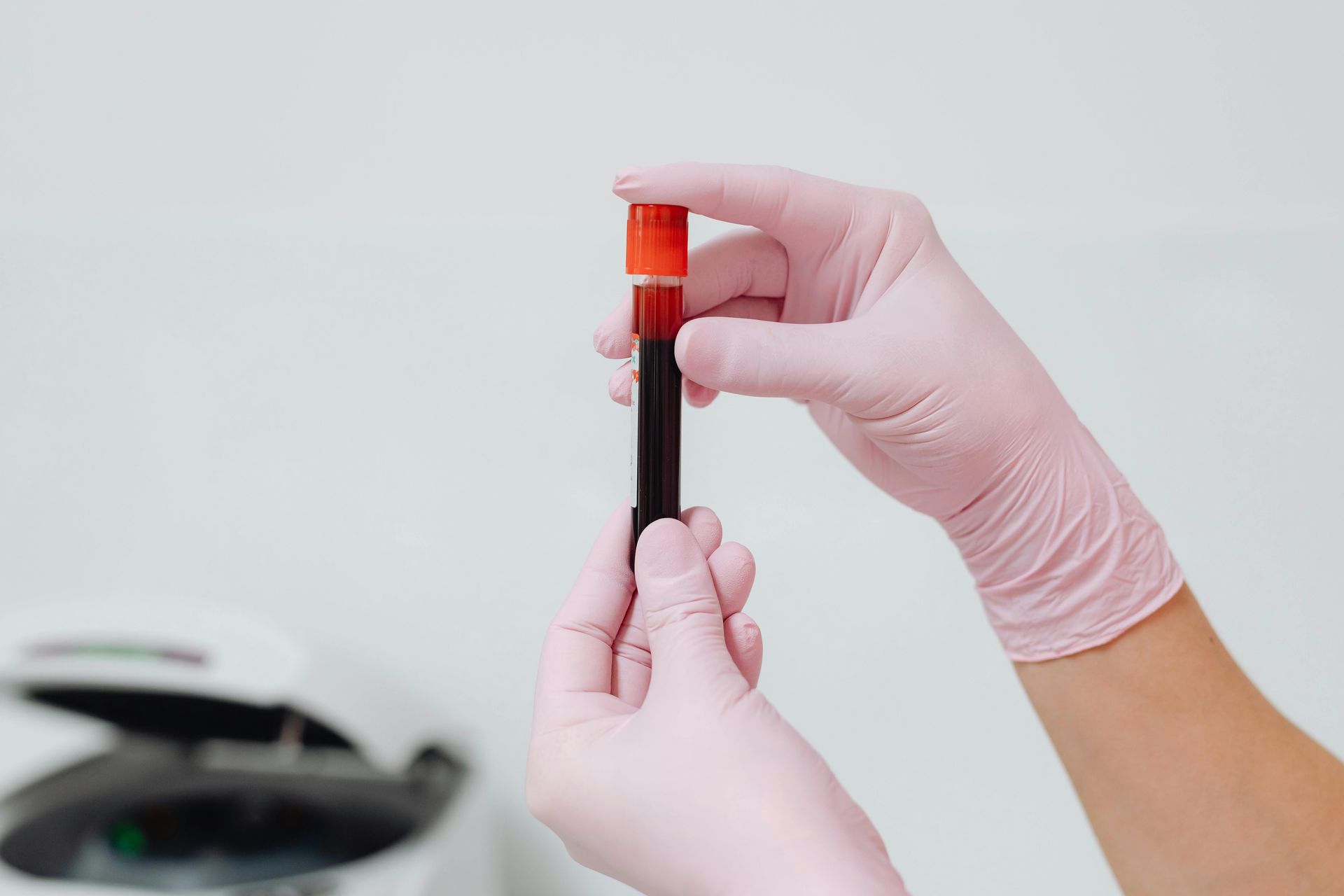Thalassemia
Thalassemia: Comprehensive Overview
What is Thalassemia? Thalassemia is a group of inherited blood disorders caused by genetic mutations that affect the production of hemoglobin, the protein in red blood cells responsible for carrying oxygen. There are two main types: alpha thalassemia and beta thalassemia, depending on which part of the hemoglobin molecule is affected.
Types of Thalassemia
- Alpha Thalassemia:
- Caused by deletions or mutations in the HBA1 and HBA2 genes
- Severity ranges from silent carrier state to hydrops fetalis (fatal)
- Beta Thalassemia:
- Caused by mutations in the HBB gene
- Includes:
- Beta Thalassemia Minor (Trait): One defective gene, usually asymptomatic or mild anemia
- Beta Thalassemia Intermedia: Two defective genes, moderate anemia
- Beta Thalassemia Major (Cooley’s Anemia): Two severely defective genes, severe anemia, requires lifelong transfusions
How to Diagnose Thalassemia
Initial Laboratory Tests:
- Complete Blood Count (CBC):
- Low Hemoglobin (Hgb)
- Low Mean Corpuscular Volume (MCV)
- Low Mean Corpuscular Hemoglobin (MCH)
- Normal or High Red Blood Cell (RBC) count
- Normal or slightly reduced Mean Corpuscular Hemoglobin Concentration (MCHC)
- Peripheral Blood Smear:
- Microcytosis (small red blood cells)
- Hypochromia (pale red blood cells)
- Target cells
Confirmatory Testing:
- Hemoglobin Electrophoresis:
- Abnormal hemoglobin patterns (especially in beta thalassemia)
- Elevated HbA2 and/or HbF in beta thalassemia
- DNA Analysis:
- Gene testing for HBA1, HBA2, and HBB mutations
Symptoms (When Severe)
- Fatigue and weakness
- Pale or yellowish skin
- Facial bone deformities (in thalassemia major)
- Slow growth
- Abdominal swelling (enlarged liver or spleen)
- Dark urine
- Heart complications
Treatment and Management
- Mild Forms (Trait/Minor):
- Often requires no treatment
- Monitor iron status to avoid unnecessary supplementation
- Moderate to Severe Forms:
- Regular Blood Transfusions
- Iron Chelation Therapy: To prevent iron overload from transfusions (e.g., deferasirox, deferoxamine)
- Folic Acid Supplementation: Supports red blood cell production
- Bone Marrow Transplant: Potential cure in some severe cases
- Lifestyle and Monitoring:
- Avoid excess iron intake unless deficient
- Monitor for complications: liver function, endocrine issues, cardiac iron load
- Monitor vitamin D and calcium for bone health
Testosterone Therapy in Thalassemia
- Can It Be Used?: Yes, cautiously in hypogonadal males, particularly in thalassemia major where iron overload may impair pituitary-gonadal function.
- What to Monitor:
- CBC for polycythemia (already high RBC in some)
- Liver enzymes (due to iron overload)
- Iron studies (serum ferritin, transferrin saturation)
- Hormonal profile (LH, FSH, estradiol, SHBG)
Supplements and Nutrition
- Folic acid
- Vitamin D
- Calcium
- Zinc (if deficient)
- Avoid excess vitamin C unless prescribed (can increase iron absorption)
Fun Fact: Thalassemia carriers are more resistant to malaria. This evolutionary trait has led to higher prevalence in regions historically affected by malaria (e.g., Mediterranean, Middle East, Southeast Asia).
Conclusion Thalassemia is a complex, lifelong condition that requires individualized diagnosis, monitoring, and management. Understanding its genetics, clinical presentation, and treatment options can significantly improve outcomes and quality of life for those affected.

